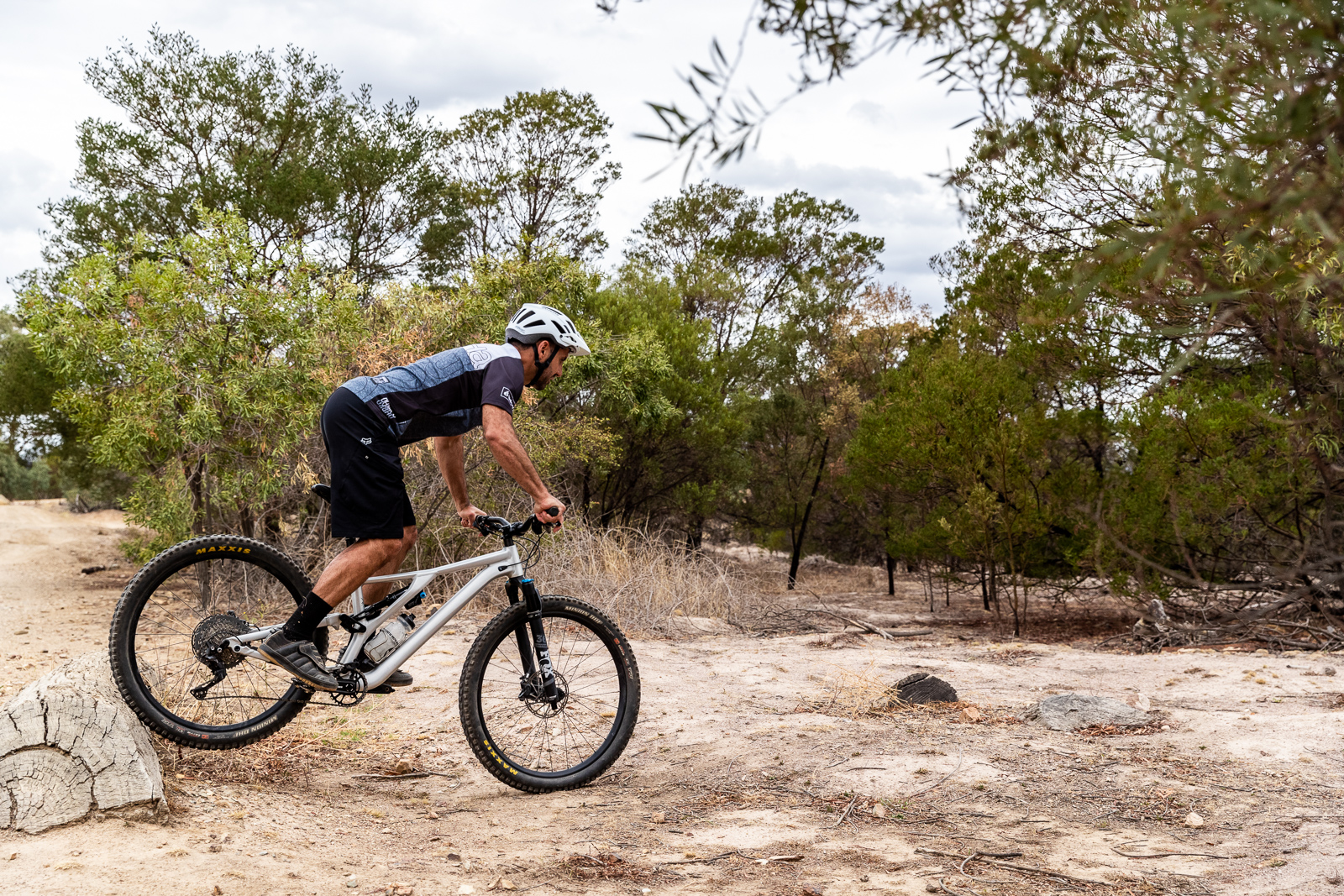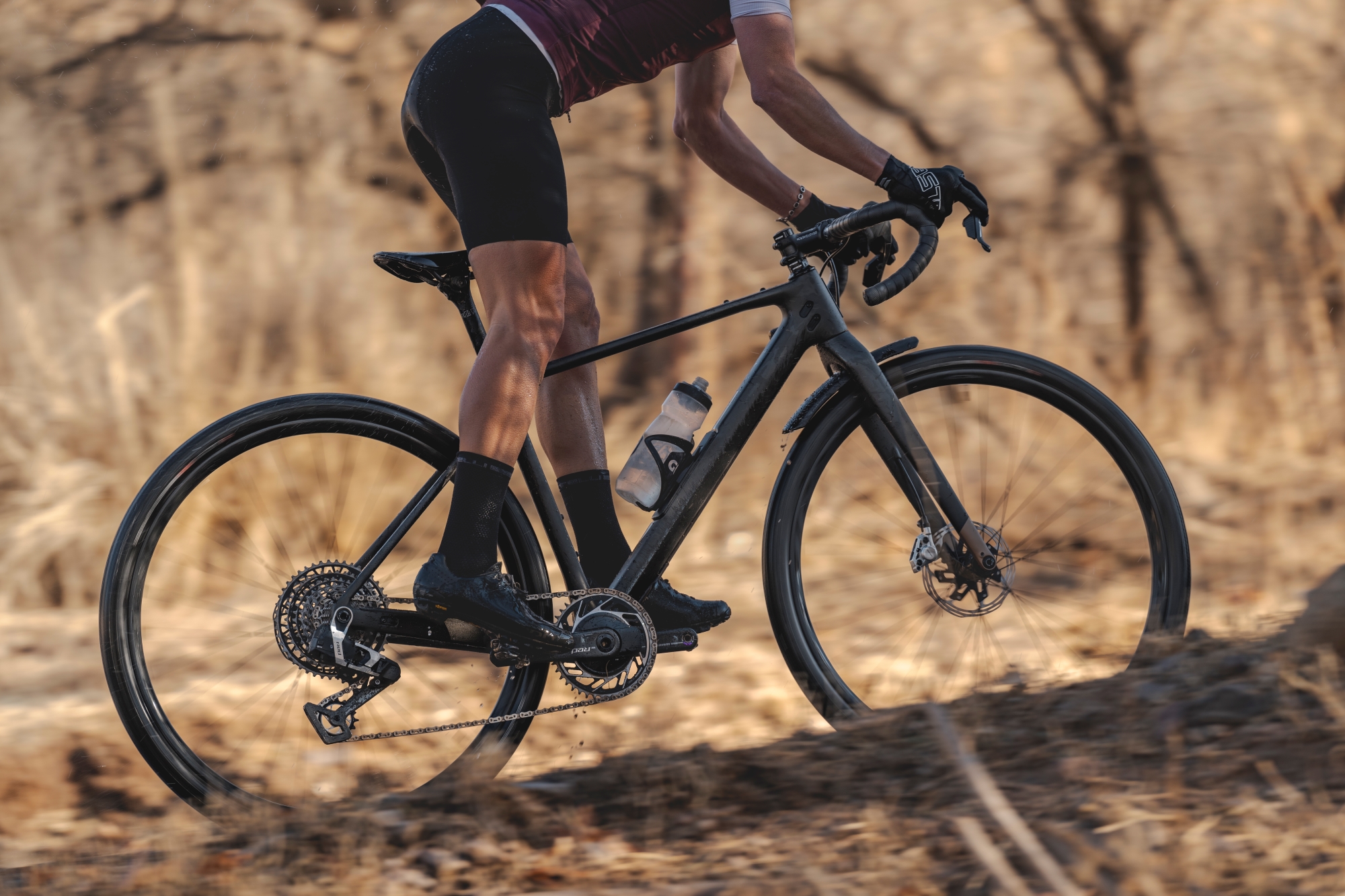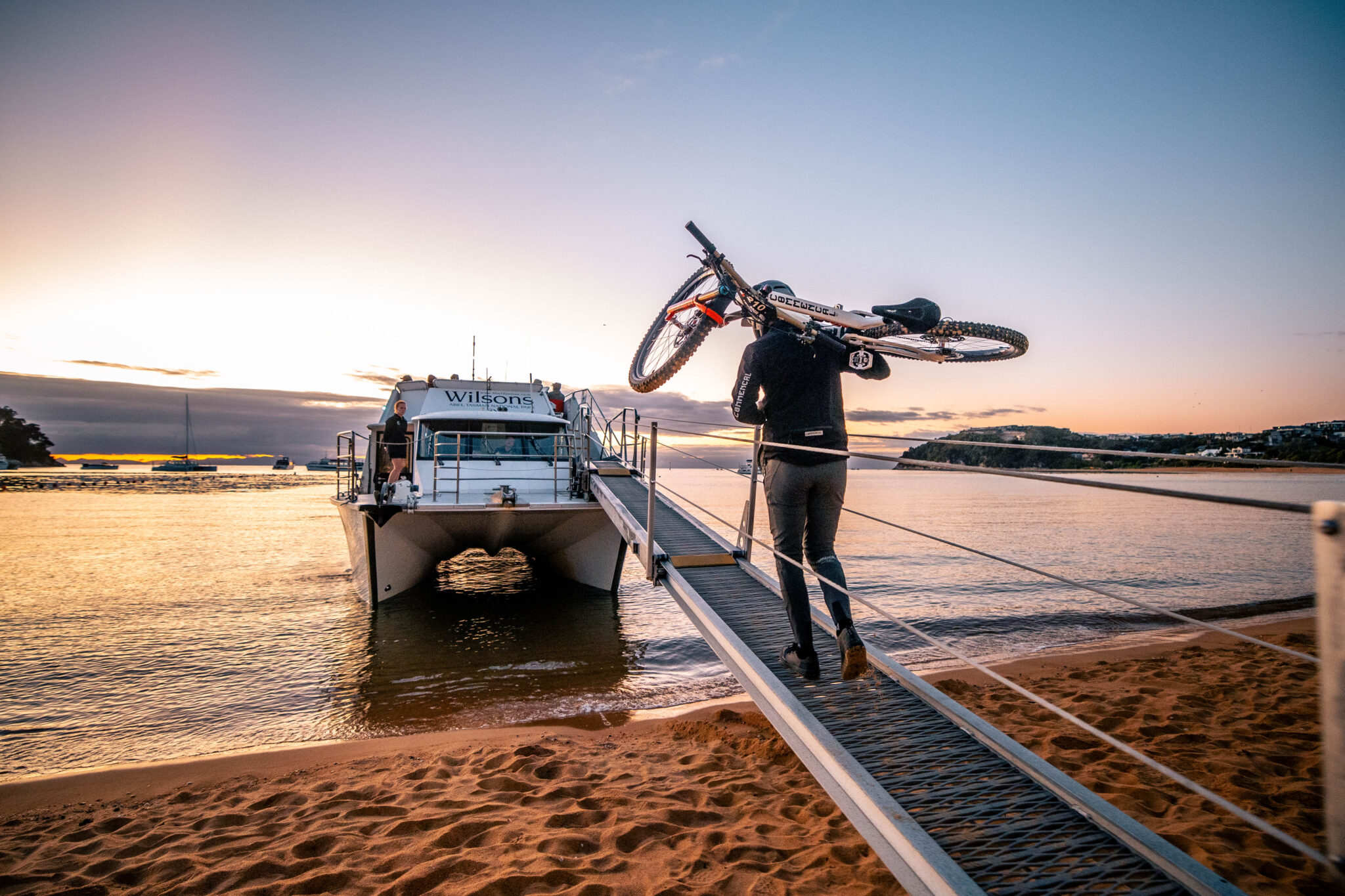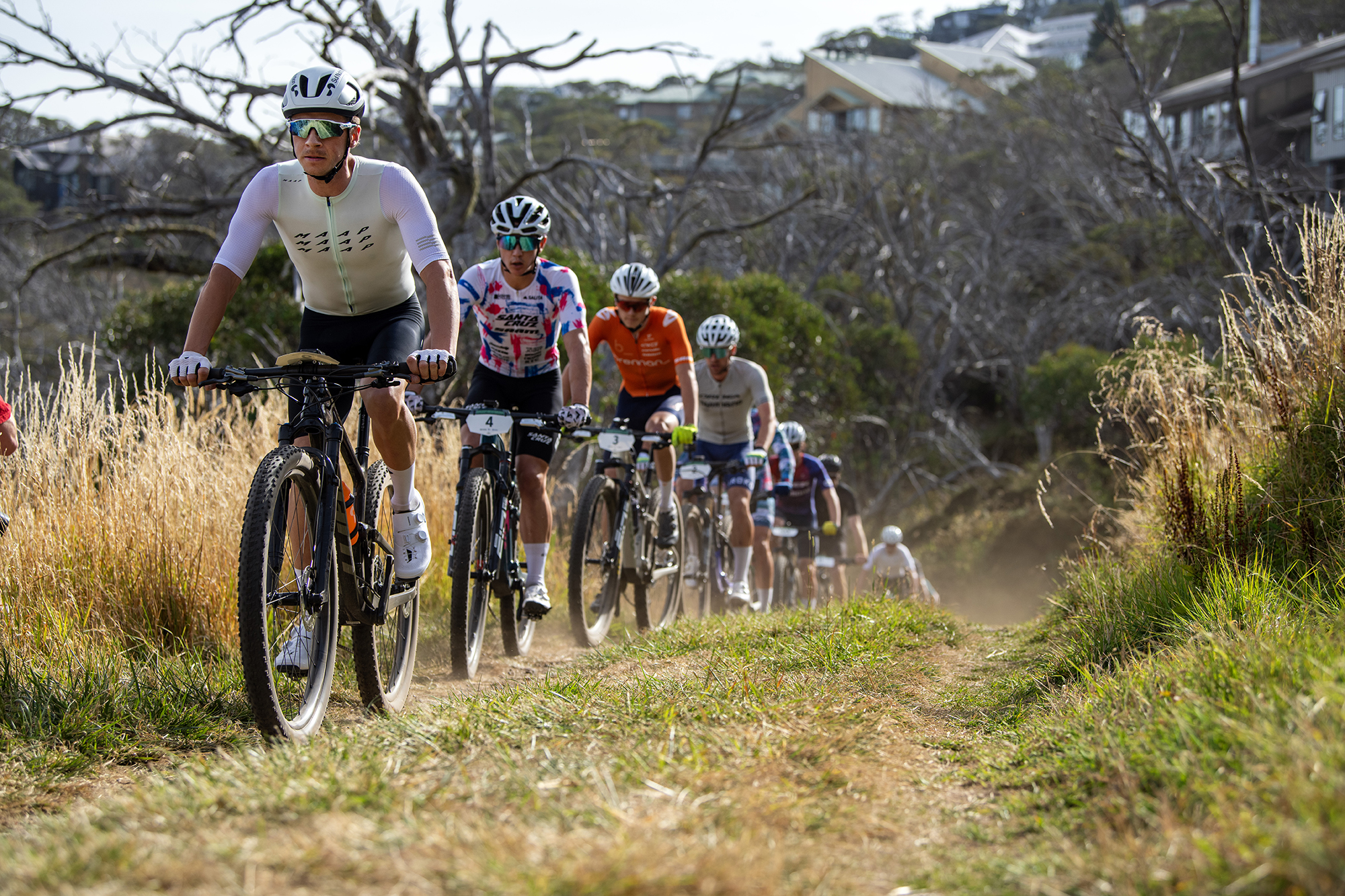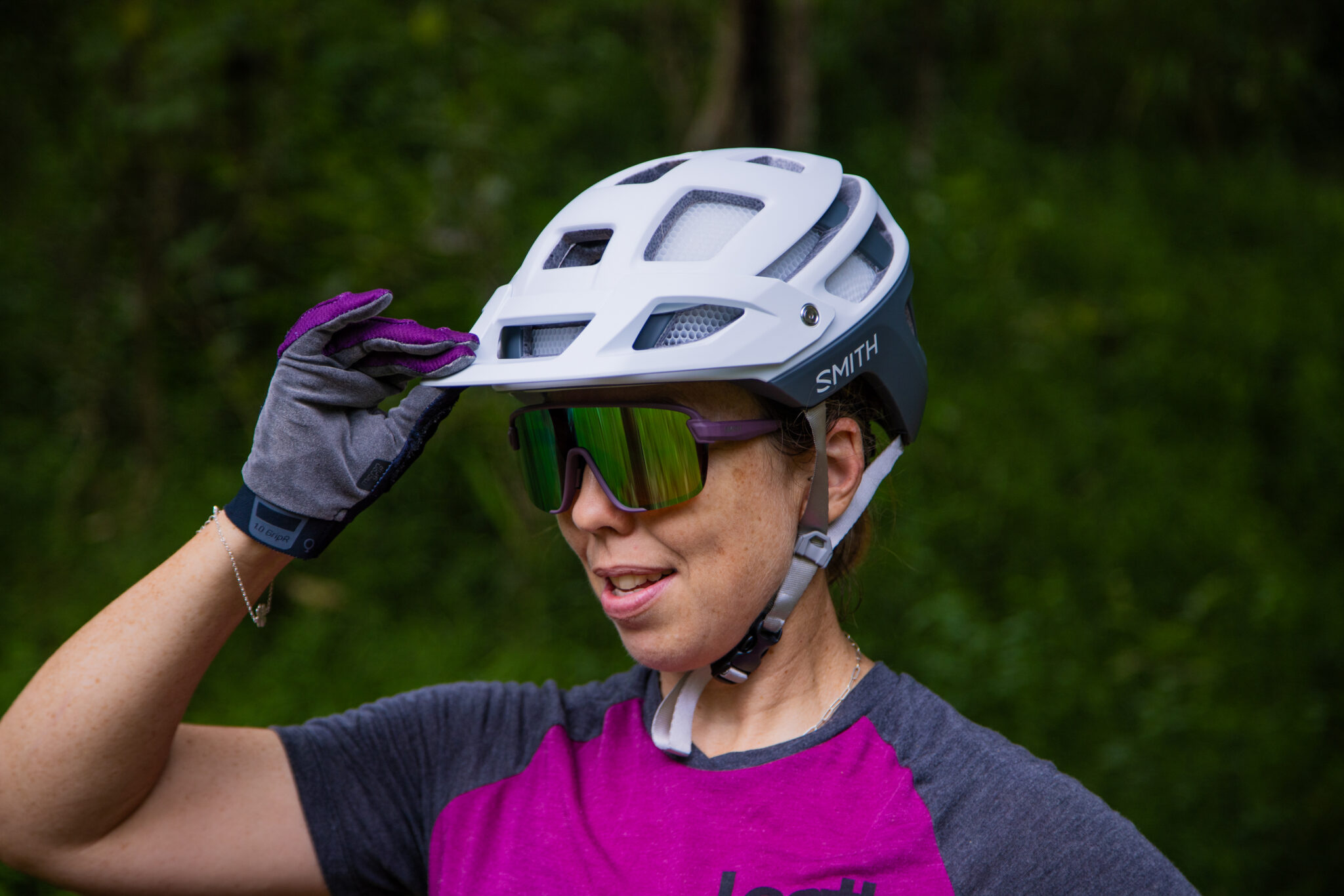Skills: How to master the front wheel tap
Learn the benefits of the tyre tap to get over trail obstacles!
Words: Jared Rando Photos: Nick Waygood
The front wheel tap up is a relatively unrecognised skill when it comes to trail riding. When it comes to trials riding though (you know, that crazy stuff where they hop around with no seat), it’s a fundamental skill required to make it possible to get up and on to large obstacles. When translated to the trail, it can become a really useful tool to get up high, technical ledges or even over large obstacles like logs or boulders. It’s also pretty damn fun to execute. On the skill level, it definitely ranks as an advanced skill but on the right obstacle and with the right skills base, it can be a relatively low risk manoeuvre to practice, have some fun with and progress.
Personally, I use it quite a bit as it requires less effort than a regular bunny hop to get over the same obstacle and I find it really fun to do. Effectively, the key is to use your momentum to assist your front wheel to get up and / or over an obstacle which means you don’t have to put as much effort into pulling up the front end. On the other end of the scale, it can also be used to get up and over obstacles you might have no chance of hopping up or over. Here’s how to do it-
Step 1 – Focus on the spot you need your front wheel to hit

As you approach the obstacle, think about what would happen if you had a wheel in your hand and you threw it at the obstacle. The aim is to pick a trajectory that would see your wheel hit the obstacle and bounce off it and over to the other side. In this case with the log, I’m aiming about two thirds of the way up. That way when my wheel hits it will pop up and over the log and I can follow with my rear wheel. If I go too low it’s going to stop me dead and if I go too high I’m simply going to case out.
Step 2 – Pull back early
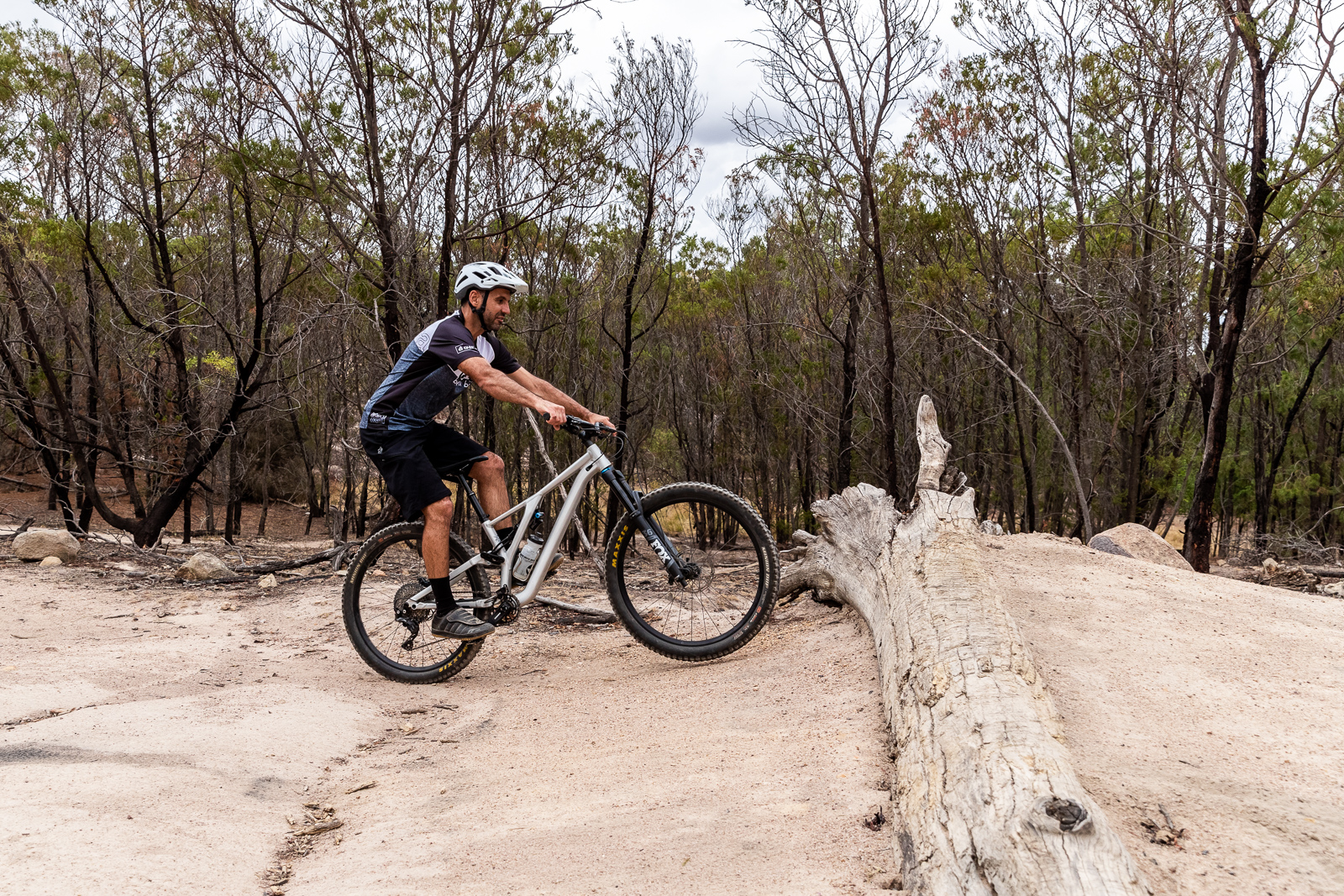
Timing with this skill is a little different to bunny hopping the same obstacle. Effectively the movement needs to be similar, but a little more drawn out. As you focus on the location to tap your wheel, you’ll need to pull back a little bit later than if you were bunny hopping but the movement is a little slower. You want your front wheel to be rising up as it taps the obstacle and the “tap” will then pop it up for you. The whole movement from beginning to end needs to be as fluid as a bunny hop for it to all work.
Step 3 – Tap and go
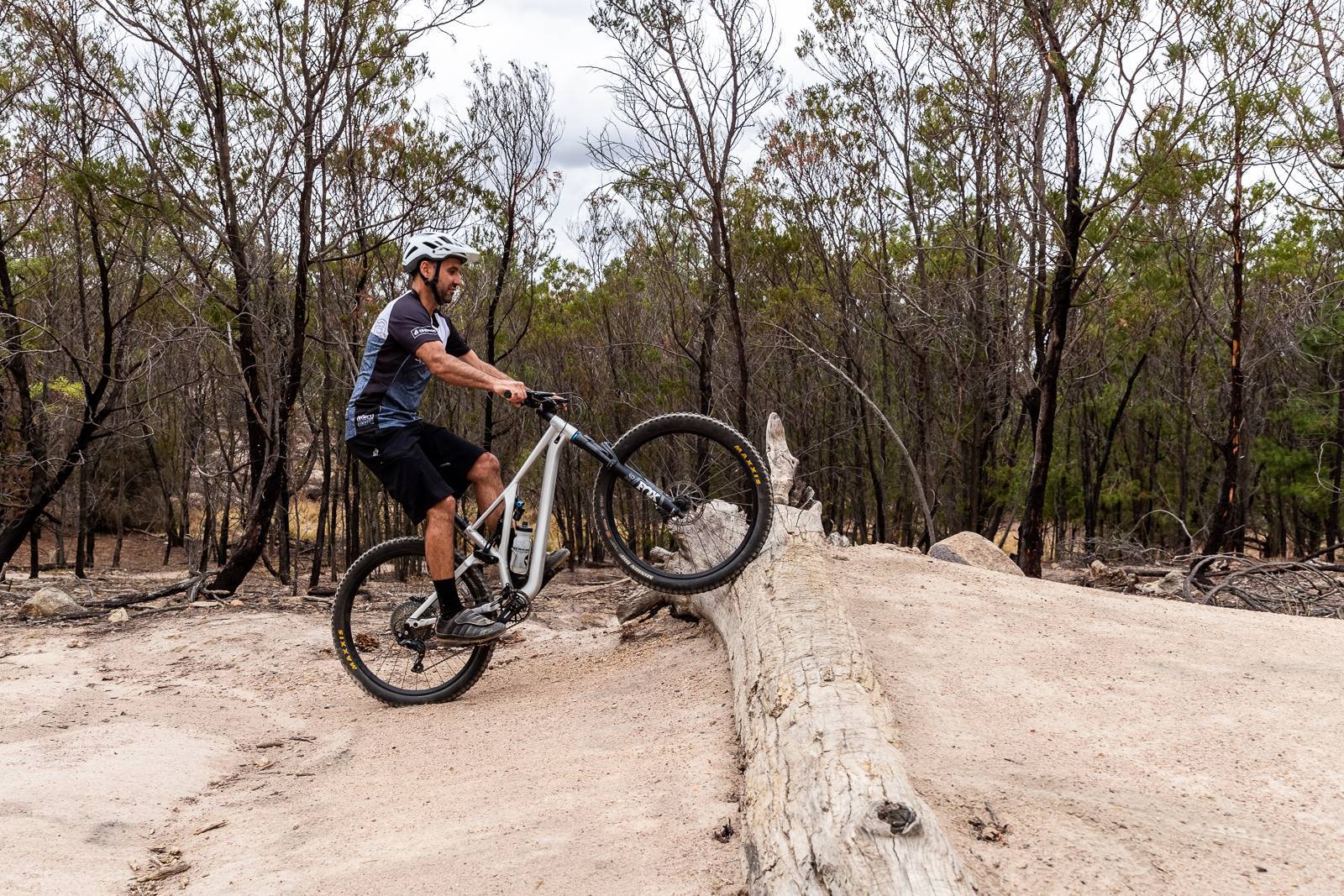
As your front wheel hits the obstacle, it will pop up pretty quickly. Don’t force your wheel into the obstacle – you need to be nice and light on the front end for it to have full effect. Speed is also critical. With a little practice you’ll begin to learn the right speed depending on the obstacle. This is definitely not a high speed skill. Rather it’s about getting the speed right for the obstacle.
Step 4 – Follow the wheel tap with a bunny-hop

Once your front wheel has tapped up, the rest of the movement is pretty straight forward. Simply follow through as though you were bunny-hopping, pulling up on the bars and following with your legs. The only key difference is that the movement requires less effort on the bars as you’re using the wheel tap to assist, but you do need to put more effort into pulling up the back wheel relative to the front as you effectively go higher than you would without the tap.
Step 5 – Follow through with the rear wheel
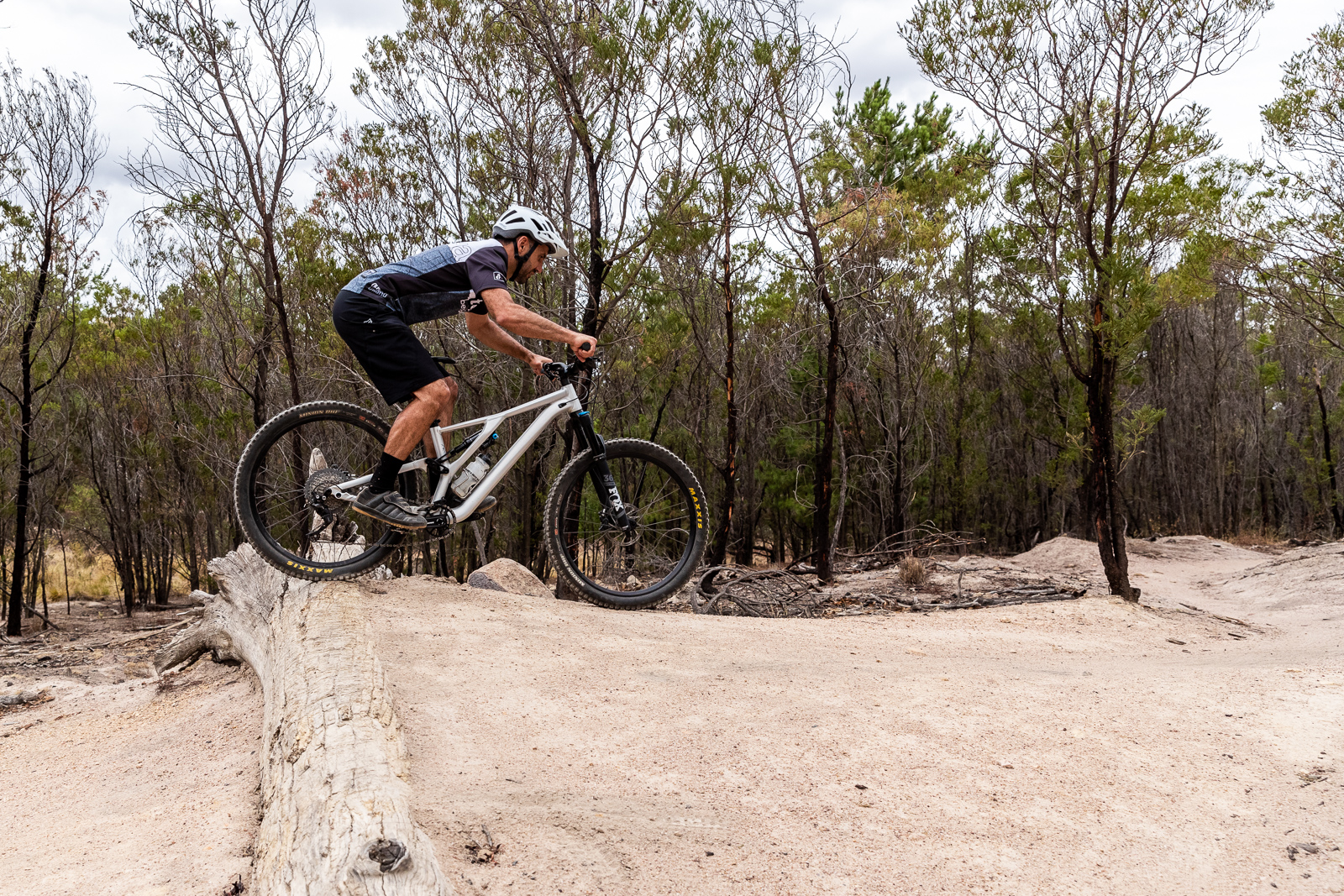
Once you’re up, just remember to follow through with the rear wheel. The great thing about learning this skill on a ledge is that other than the wheel tap, if you don’t get it right, you’re more than likely just to case out a bit on the ledge. It can be handy to push the bike out in front of you a bit as well which will give you a bit of extra reach as you progress.
Extra Tip – Wheel tapping logs
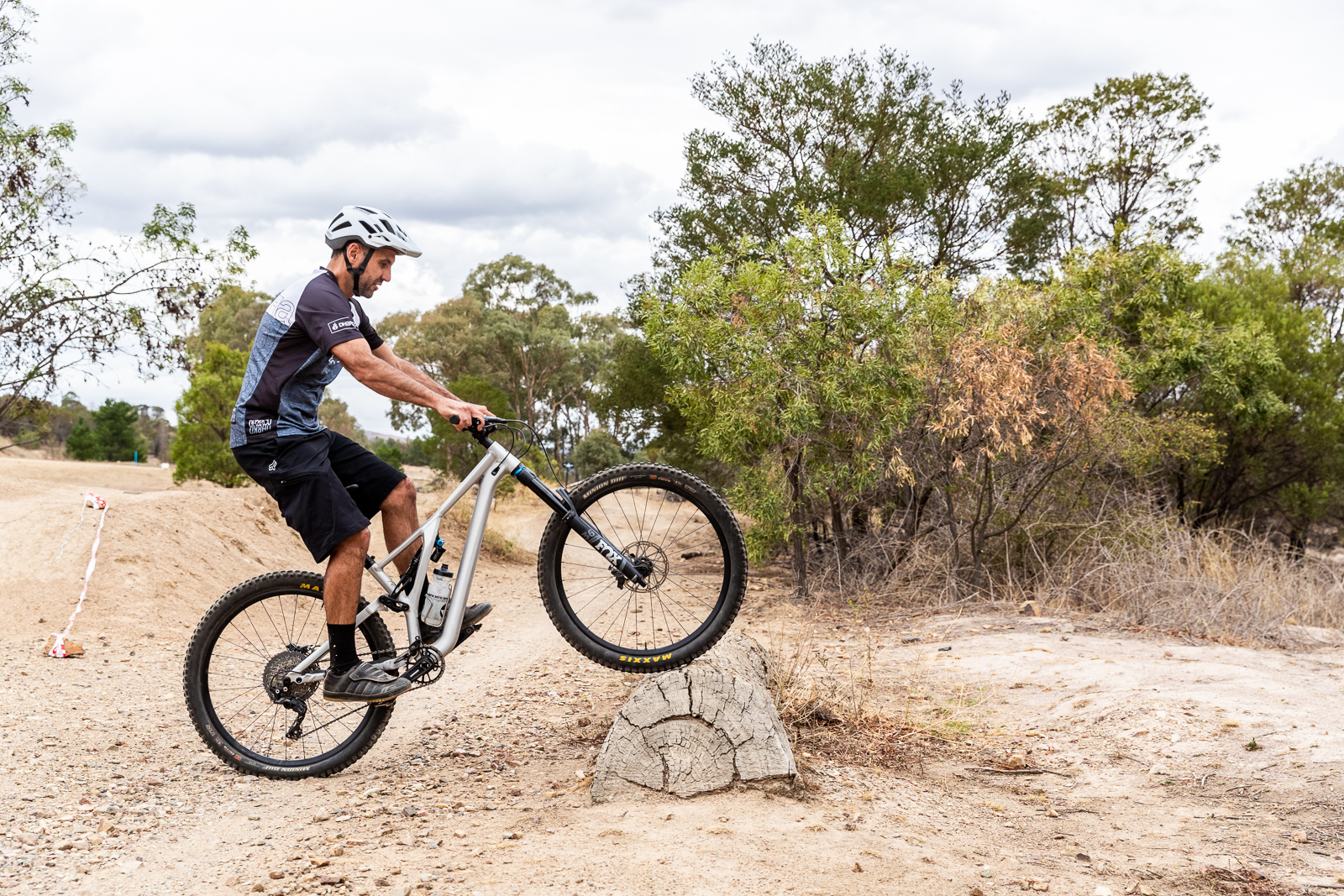
If you are using the same technique to get over a log or boulder, then this definitely becomes an advanced skill but it does work really well once you have it mastered. The key benefit of the wheel tap in this instance is that it allows you to clear the obstacle at a lower speed than bunny hopping and can be really useful in awkward situations when you find yourself off line or are riding super technical trails.

My preference in this instance is to start with the same motion as a drop, but also to use the backside of the obstacle as well. In this case you want to aim to have your rear wheel land on the backside of the log and effectively use it as a down ramp. This allows you to use a lower speed which makes it safer, as well as making the whole process a lot more fluid and smooth. This is something best practiced on small obstacles and from there you can work your way up to the big stuff as it’s all about getting the timing right, regardless of the size.
